Good design is key to all successful landscapes, large or small, in the city, country, or suburbia.
Whether you want to redesign your existing landscape or you are creating a new design from scratch, there are principles of design you can follow. Good principles of Landscape Design give you the ideas, confidence, and tools, you need to design your landscape in harmony with your home and its surroundings.
Organization
Good Landscape Design principles help to to provide a framework for the organization of elements within your landscape. Thinking about design principles such as simplicity, variety, balance/repetition, emphasis, sequence/order, scale/proportion, and lastly, unity, will help you achieve a harmonious composition. You will find that each principle of design relates to one another, then curating your landscape.
Determining Your Needs
Your design process begins by determining your needs, desires, and the condition of your landscape. Choosing specific plants and hardscape materials for the theme of your landscape will provide you with design elements. Line, form, color, texture, and weight, are used to describe the visual qualities within your landscape. Principles of design serve as guidelines to arrange and organize these elements to help you create an aesthetically pleasing design.
Simplicity
While a few statement pieces can be chosen, the art of simplicity rests on the idea that a particular element must add to the overall environment. This principle allows for a clean and organized design. Spaces that are simple and well designed make it easy for homeowners to properly maintain their landscape. Landscape with too much plant material will clash with overall aesthetic of a beautifully designed space.
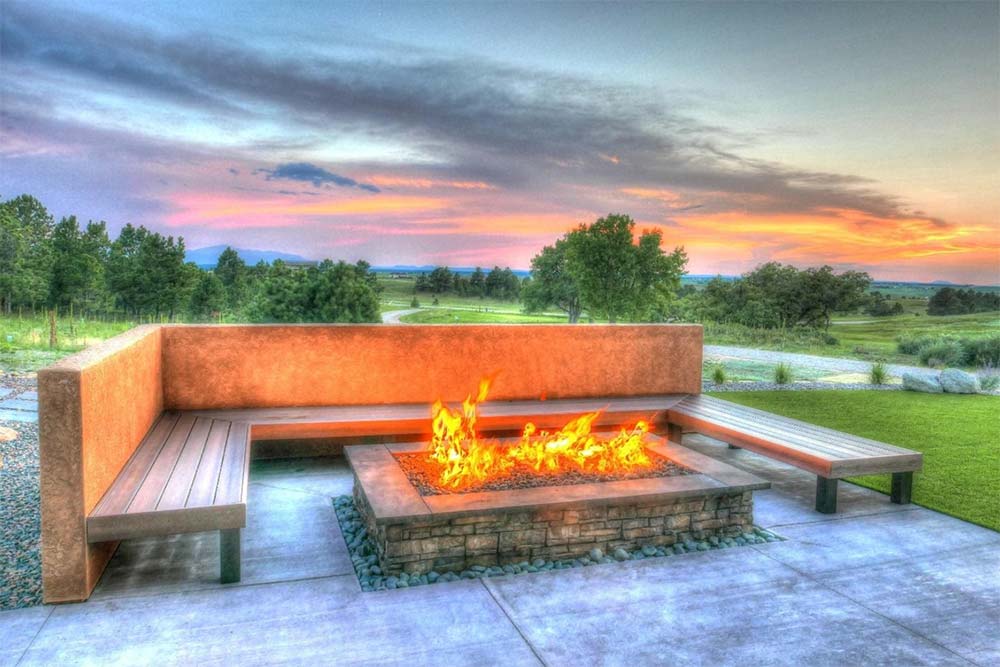
Variety
While keeping the overall function and feel of the design, including diverse elements into the design is a must. The purpose of variety is to create visual stimulation and interest. Sight is one of our most used senses, creating a visual masterpiece can be very pleasing.
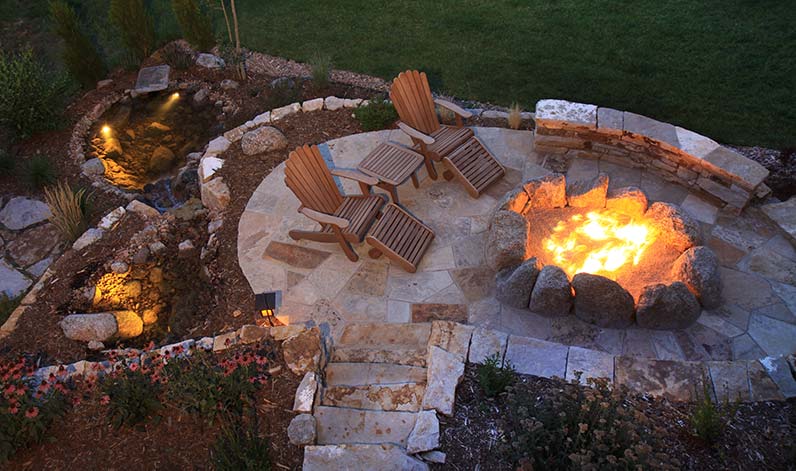
Balance & Repetition
Repetition is created by using elements or features to create patterns or sequence within the landscape. Repeating line, form, color, and texture creates rhythm in the landscape. Every landscape design carries elements that carry visual weight. This weight must be balanced in order for the flow and feeling of the design to be visually appealing.
Repetition can create a space that allows for symmetry; a design typically has two sides that will mirror each other. This balance of elements create a calm in the balance as if everything is in its place; every element is placed where it logically makes sense.
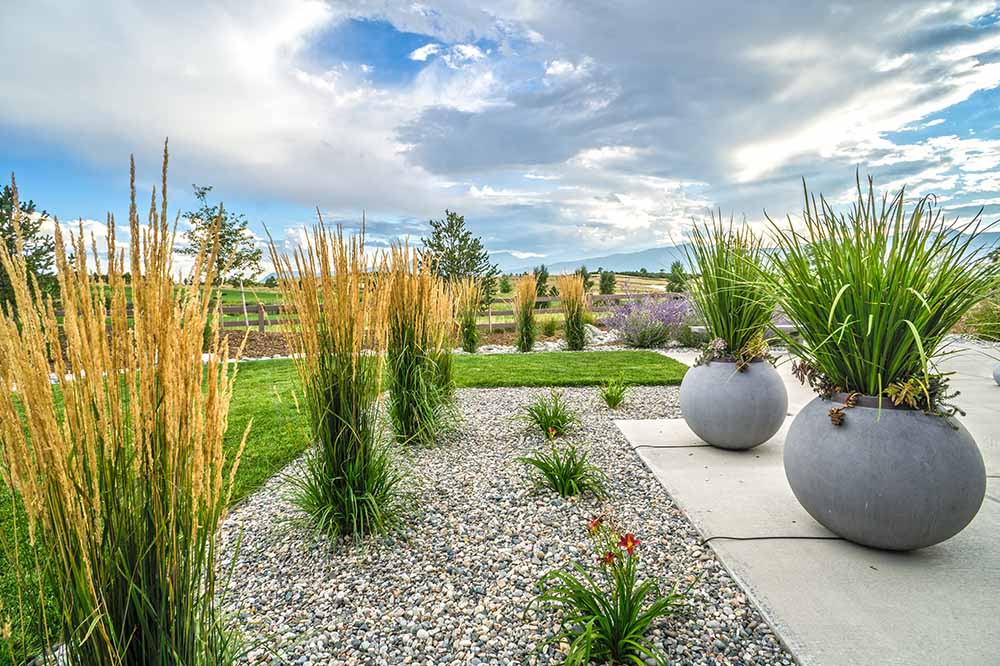
Emphasis
In order to guide the eye through the landscape design, texture, size, shape, and color is used. There should be equal amounts of deemphasizing pieces surrounding accent pieces of greater size or color, as well as stand-alone areas the eye can wander over. Bright colors can be balanced with softer textures and muted colors. Elements that are meant to truly stand our and catch the eye should be carefully planned within the design. The accent pieces shouldn't be meant to stand alone but be part or the story the design as a whole is telling.
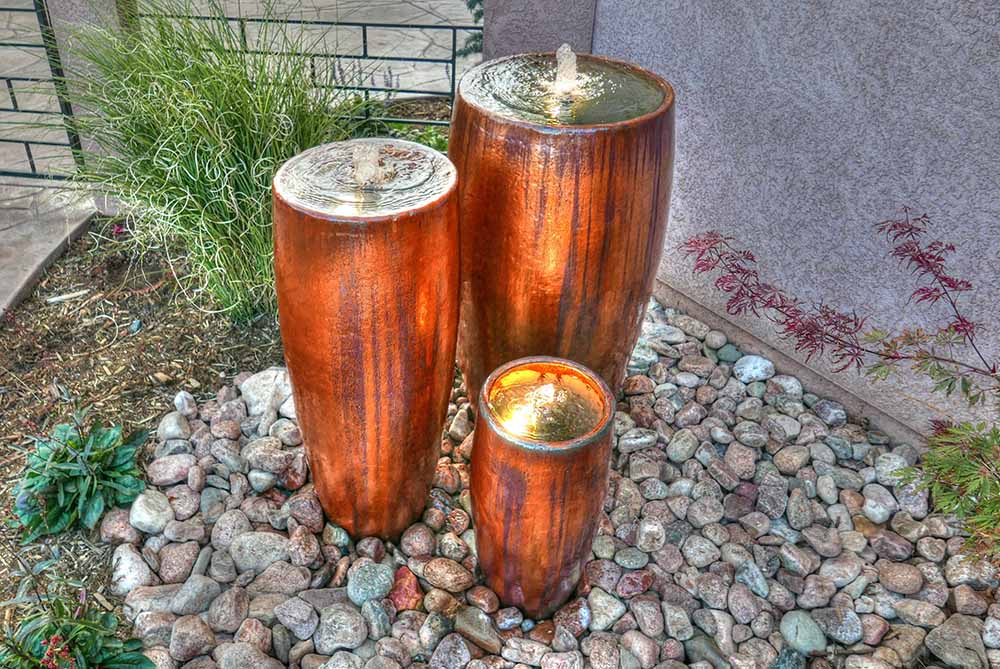
Sequence & Order
Order generally refers to the arrangement and organization of elements within your design. Order can often be achieved through balance. Creating balance within your landscape occurs when different elements are distributed or placed equally across an imaginary axis. Form, color, and size are all elements that can contribute to balance. Balance can be viewed: symmetrically, asymmetrically, or in perspective.
As an example, picture your lawn leading to a series of smaller plants, then placed in front of a row of tall grasses. Gradual changes are necessary to keep the design feeling well planned and celebrate the elements in a naturally appealing design.
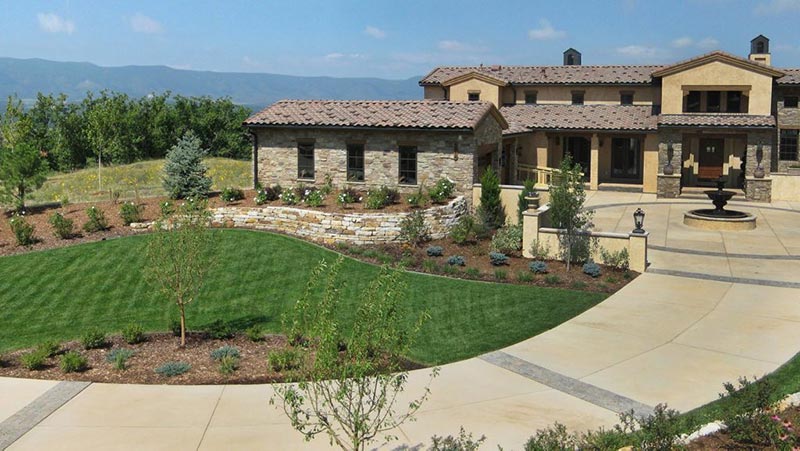
Scale & Proportion
A well-designed landscape will consider the surrounding architecture, current plant material, and purpose. If your home's roof is relatively low, and the elements you are interested in are also low to the ground, placing large trees out front that distract from the rest of the design would not work for a visually appealing space.
The scape and proportion of your elements should reflect how you chose to maintain them. what you will use the space for, where the space is located and your preferred elements. Having disproportional elements will pull the eyes away from everything else, not allowing true appreciation for the space.
Unity
Unity can be viewed as a combination of all design principles. In order to achieve unity within your design there must be consistent elements or features placed throughout your landscape. Harmony, another term used to describe unity, refers to a sequence of spaces or the use of a repeated element allowing the eye of the viewer to move across the landscape. Unity can be achieved by using focal points, creating continuity, and planting in drifts, to arrange colors, textures, and form.
The best way to create unity within your design is to determine a specific theme or design style. Referencing different landscape design styles can be a great way to uncover features or elements of design popularity, because the are visually pleasing to many.
Using Good Principles of Landscape Design in Your Next Project
Good landscape design principles tell a story in a space that the homeowner will enjoy for years to come. Landscape design is incredibly personal, because you are curating a new vision for a space you spend time in and interact with every day. A well crafted design can take a place that has gone unused or ignored and transform it into a place of possibility.
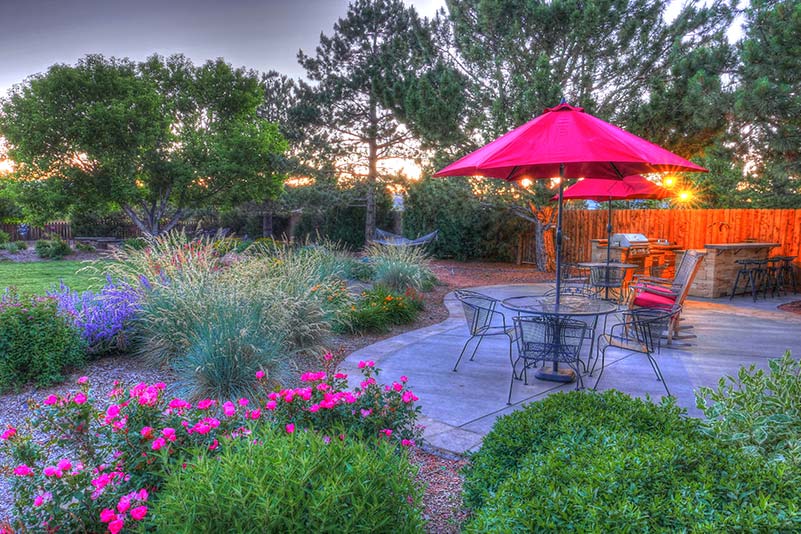
Gaining inspiration is a great place to start if you need ideas. Search for landscape design ideas like this Pinterest Board where you can view many of these design principles of landscape design.